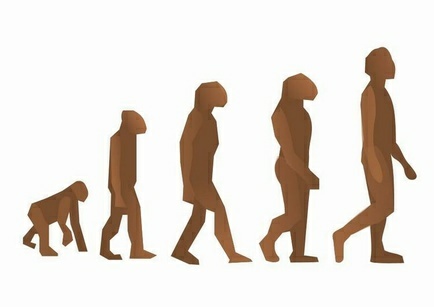 The Robotic Mind
The Robotic Mind As I was reading the comment section to “Our Anthropomorphic Bias” I was struck by the...
 Book Review - "Social Bonding"
Book Review - "Social Bonding"Social Bonding and Nurture Kinship - Compatibility between Cultural and Biological Approaches...
 Can Life Be Defined In One Word?
Can Life Be Defined In One Word?A year or so back Carl Zimmer asked the science world if life could be defined in three words.I...
 Naive Group Selection
Naive Group SelectionYou would think after thirty years of numerous critics exposing the shortcomings of...






